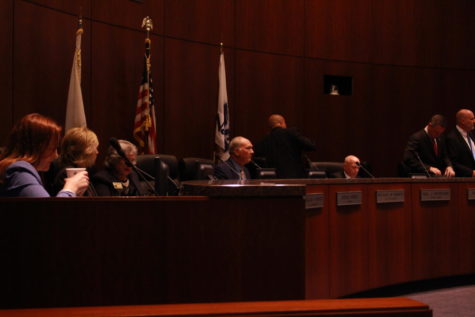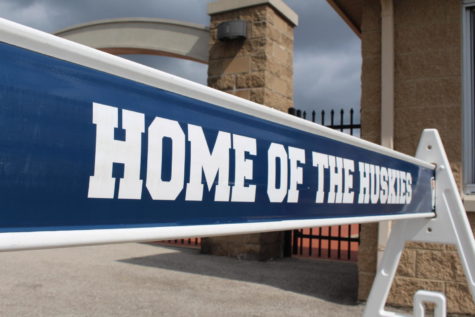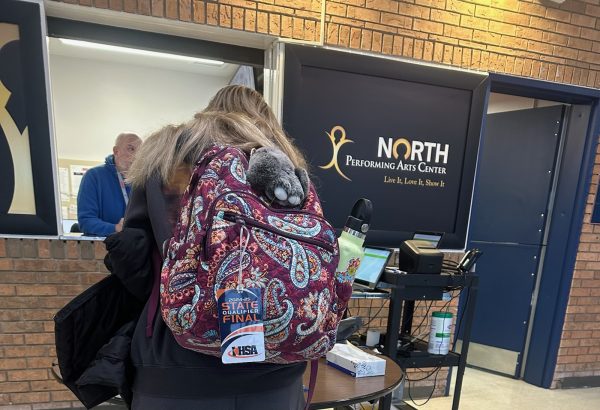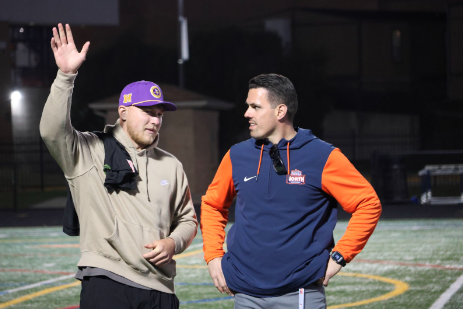Battle of the applications
Entering the summer before her senior year of high school, NNHS parent and Naperville resident Debbie Bieber had filled out a grand total of one application to a local Christian college in San Diego she had set her heart on attending. The process was simple. Bieber recalls finishing the entire process in two days without needing much guidance from the school.
“Where I went to high school was a pretty rural setting. Not a lot of people went on to four-year colleges, which is very different than the environment here in Naperville,” said Bieber. “Our school didn’t really push going to a university straight out of high school. I knew I wanted to go to college, but I didn’t have very much direction at all.”
The task of applying to college thirty years ago seems too easy compared to the lengthy process students endure now. Applying to college has become a dizzying procedure. Although most applications are now online, there are still many layers within the process, like strategizing essays, requesting recommendation letters and seeking supplemental materials.
The gold standard in the college admission process is considered the Common Application, a standardized application that can be easily reviewed with a school guidance counselor, parent and student before clicking the submit button. However, it is in competition with a new application on the horizon called the Coalition for Access, Affordability, and Success. Coalition, as it is more commonly known, is a free site that includes a mix of over 90 private and public member institutions, featuring five universities right here in Illinois: University of Illinois, Northwestern University, North Central College, Illinois State University and the University of Chicago.
Despite some of the Coalition’s touted advantages in convenience and access during the application process, the new program may only continue to contribute to the high school headache.
While many institutions involved in the Coalition continue to accept applications through the Common Application platform, the premise for college relationships with the Coalition is partially rooted in the Common Application website’s problematic glitches during its first release back in 2013.
Ultimately, most bugs found within the Common Application have long been fixed and the website’s efficiency has improved since its problematic launching. As a matter of fact, with the mass startup of a platform like the Coalition, a series of new bugs and glitches might be anticipated. Critics of the Coalition have argued sticking to the Common App is optimal as the program has become more reliable with time. Mastering a brand new website may be risky, coordinator of Naperville North’s College and Career Center Carol Krashen explained.
“The first time out of the gate, there were a lot of bugs [in the Common App] that had to be worked out. It was very frustrating for the student and the colleges,” Krashen said. “That’s another concern I have with the first launch of Coalition in what kind of challenges lie ahead.”
In reality, the main concern among institutions was the unequal opportunity among disadvantaged students in the application process. Many struggle with applying for financial aid despite meeting the qualifications to receive its benefits. The Coalition aims to tackle this issue head-on.
According to the Coalition website, the program “is developing a platform of tools to help reduce these barriers and create more equitable access to college for students from all backgrounds.”
The Coalition also recently launched its first tools ever on the platform, called the Locker and Collaboration Space storage system. The website describes it as a system that “allows students to save and organize materials that may be useful or necessary when applying to college or scholarships, including classwork, essays . . . and awards.”
Though, as Krashen described, deciding whether the best fit would be the Coalition or Common Application primarily depends on the colleges a student wants to apply to as well as their individual interests.
“I think the Common App will continue to be the dominant player in college applications. When I’m giving recommendations to a student, if they are applying to two or more schools that are on the Common App, then the Common App would be the most likely [for the student] to utilize,” said Krashen.
While the virtual possibilities expand for the college admission process, students will benefit from being informed, attending webinars and engaging in workshops about the multiple platforms. Ultimately, the goal of attending a preferred college of interest is dependent on navigating through the application platforms and successfully engaging in the process.











